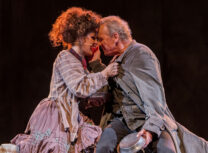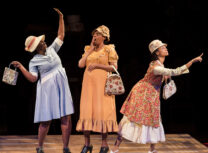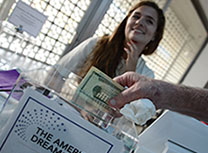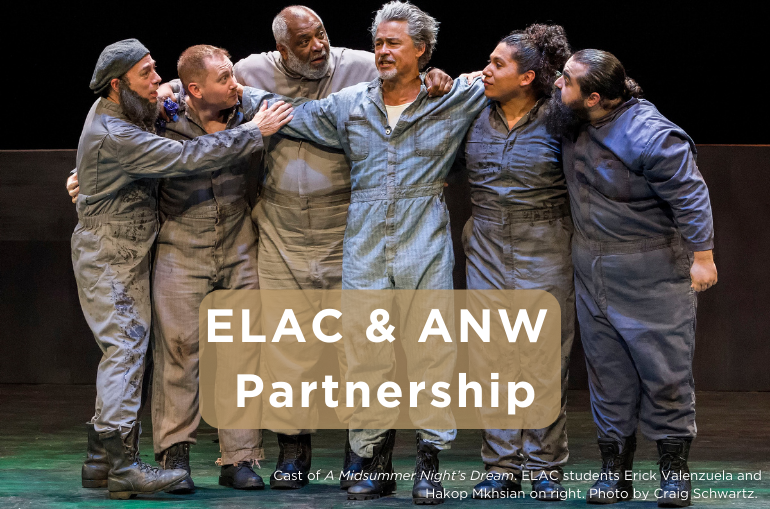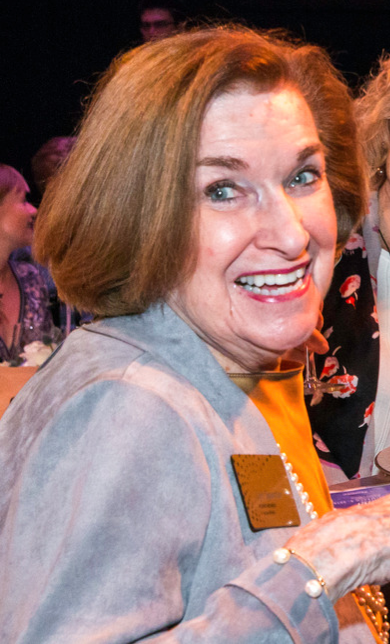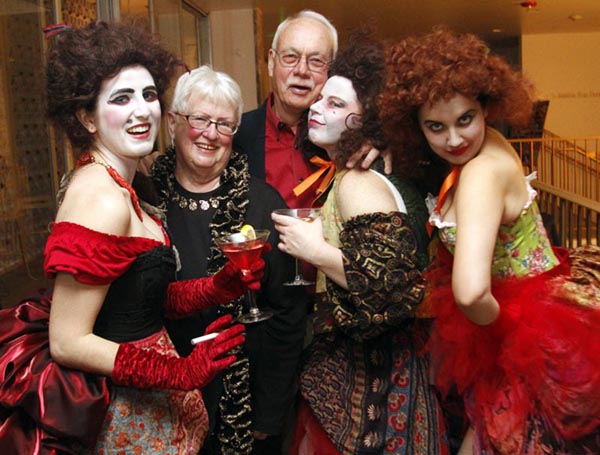Nostalgia and A Christmas Carol

By A Noise Within
December 22, 2023
As my fifth month of my internship at A Noise Within comes to a close and A Christmas Carol enters its final few performances, I have been thinking about what brings audiences back to this play, year after year. Roughly half of the audience members have come to the play before, and many of them have made this an annual tradition. I’m intrigued by why audiences choose to return to Scrooge’s journey time and again. This curiosity prompted me to reflect on my own Christmas memories and delve into the intriguing workings of nostalgia, especially during the holidays.
For Proust, a madeleine triggers an extraordinary memory, transporting him from the present to a nostalgic past. My nostalgia catalyst is a shrimp omelet, a meal I haven’t had in over a decade. Yet, I vividly recall its taste, catapulting me back to childhood Christmases surrounded by extended family at the DoubleTree hotel’s banquet section. The memories are vivid – excitedly devouring the omelet, anticipating surprises under the tree, and the soft tunes of 94.7 The Wave playing in the background. I’m sitting next to my dad, while my mom mingles with all the family she hasn’t seen since last Christmas. Later, we’ll go home, and I’ll open the gifts my parents bought me. I will go to bed with a full belly, full heart, and closet full of new toys. I can’t think of these times without strong pangs of nostalgia.
Nostalgia serves as a crucial plot device in A Christmas Carol, forcing Scrooge to confront his unresolved past for a better future. But nostalgia is at play in the audience members too. Audiences can resonate with Scrooge’s experiences, using Scrooge’s journey as a vehicle to revisit their own long-lost versions of themselves. For those attending annually, the play becomes a timekeeper as well, prompting reflection on the life unfolding between each viewing. People don’t just have to reflect on their long past, but they can also reflect on the life that unfolded between their last viewing of this play. What have they done since their last Christmas Carol, and was it all they meant to do? How many times have they seen this play, and how do they access these multiple versions of themselves—accommodating for all their shifting hopes and fears? For these people, it feels like A Christmas Carol is a deliberate act of reflection, a somewhat ritualized type of nostalgia.
Scientists have been studying nostalgia since 1688 when Dr. Johannes Hoffer described the experience as a “neurological disease of essentially demonic cause.” Today’s scientists have discovered that nostalgia also can make us happier, more positive, and even more generous. The holidays tend to be a deeply nostalgic time for people, even though many holidays involve some sort of minor calamity. Maybe Mom overcooked the Christmas ham or Dad overloaded the circuit breakers with too many holiday lights. These misfortunes may seem ruinous at the moment, but they all become part of a family’s rich history. Dr. Constantine Sedikides, a professor and researcher at the University of Southampton, unpacks this connection a bit more, explaining, “Nostalgic stories often start badly, with some kind of problem, but then they tend to end well, thanks to help from someone close to you…so you end up with a stronger feeling of belonging and affiliation, and you become more generous toward others.”
Scrooge’s journey—guided by the Ghosts of Christmas Past, Present, and Future— is complex. But Geoff Elliott’s portrayal at A Noise Within emphasizes how Scrooge’s nostalgic glimpse of love and pain in his youth lays the foundation for the person he aspires to become, with belonging and generosity at the forefront.
Nostalgia is often elusive. It strikes us at the most peculiar places and times, very often without any warning. And that is why I am starting to understand why audiences seek out this nostalgia-inducing experience of A Christmas Carol so willingly. They get a chance to take in the art and beauty of the performance, and also tap into their internal experiences as well. This makes them unique agents in their own nostalgia. Choosing to embrace the wistful pangs and joys of nostalgia is a remarkable thing, and it’s commendable that audiences include this self-reflection in their holiday tradition. Potent and reliable nostalgia—no shrimp omelet required.
